ESS has been named to the MTR100 list of leading subsea companies. Marine Technology Reporter is a premier industry publication serving the global Marine Technology Market. We work with many of the companies listed in the issue.
Our engineered syntactic products offer best-in-class performance for ROVs, AUVs, floats, buoys and other oceanographic equipment. Our new testing lab allows us to perform cyclic over-pressure testing to equate to long term performance. Because syntactic foam is used at varying depths, companies operating vehicles with expensive optical and robotic technology need to be sure that their components can return safely to the ocean surface. Our customers depend on our material for critical support and we are always looking for ways to bring innovative solutions to challenging environments. Click here to see entire edition.
From the Article
Engineered Syntactic Systems Engineered Syntactic Systems (ESS) is exclusively focused on the formulation, engineering and manufacturing of superior quality syntactic foam, a class of material created using pre-formed hollow spheres (commonly made of
glass, ceramic, polymer or even metal) bound together with a polymer. Thanks to its unique properties of high strength at low density, syntactic foam is widely used in subsea buoyancy applications.
ESS offers a range of products in a variety of densities, depths and other critical-to-performance measurements used for structural core applications, thermal conductivity, ballistic/energy absorption and acoustic management structures. Its materials, which support applications operating just below the surface down to 10,000 meters, are designed to withstand long-term cyclic exposure and hydrostatic pressure, especially in the deep ocean.
ESS’ advanced composite syntactic for demanding core applications, MacroCore, features a toughened macrosphere matrix that provides greater stiffness, strength, impact and shock properties than standard core materials. It is suited for composite-to-metal joints, a welldocumented area of concern in all composite structures. As a closed cell structure, the core easily processes in all composite applications including vacuum bag, RTM, and pultrusion without increasing overall density.
The company has worked on critical projects for the U.S. Navy as well as leading organizations in the oceanographic and subsea industries.
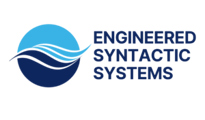
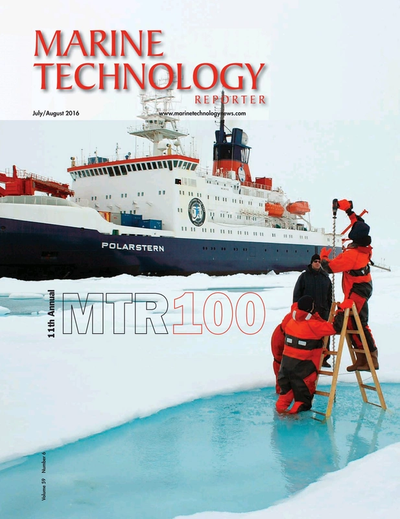
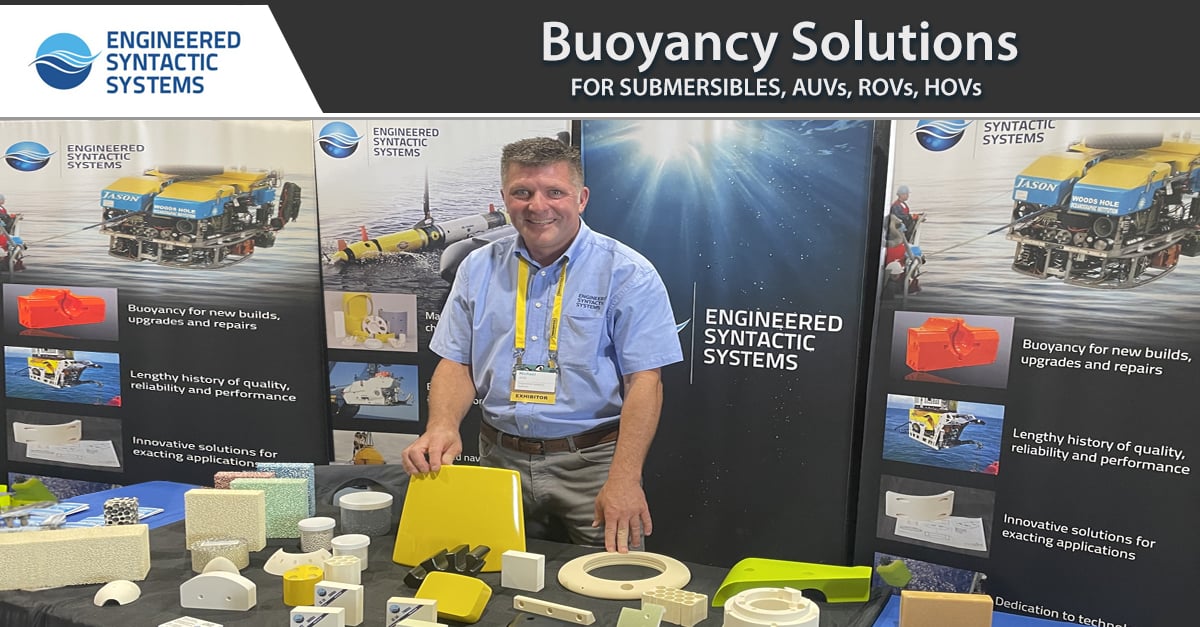
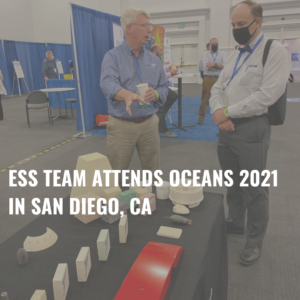
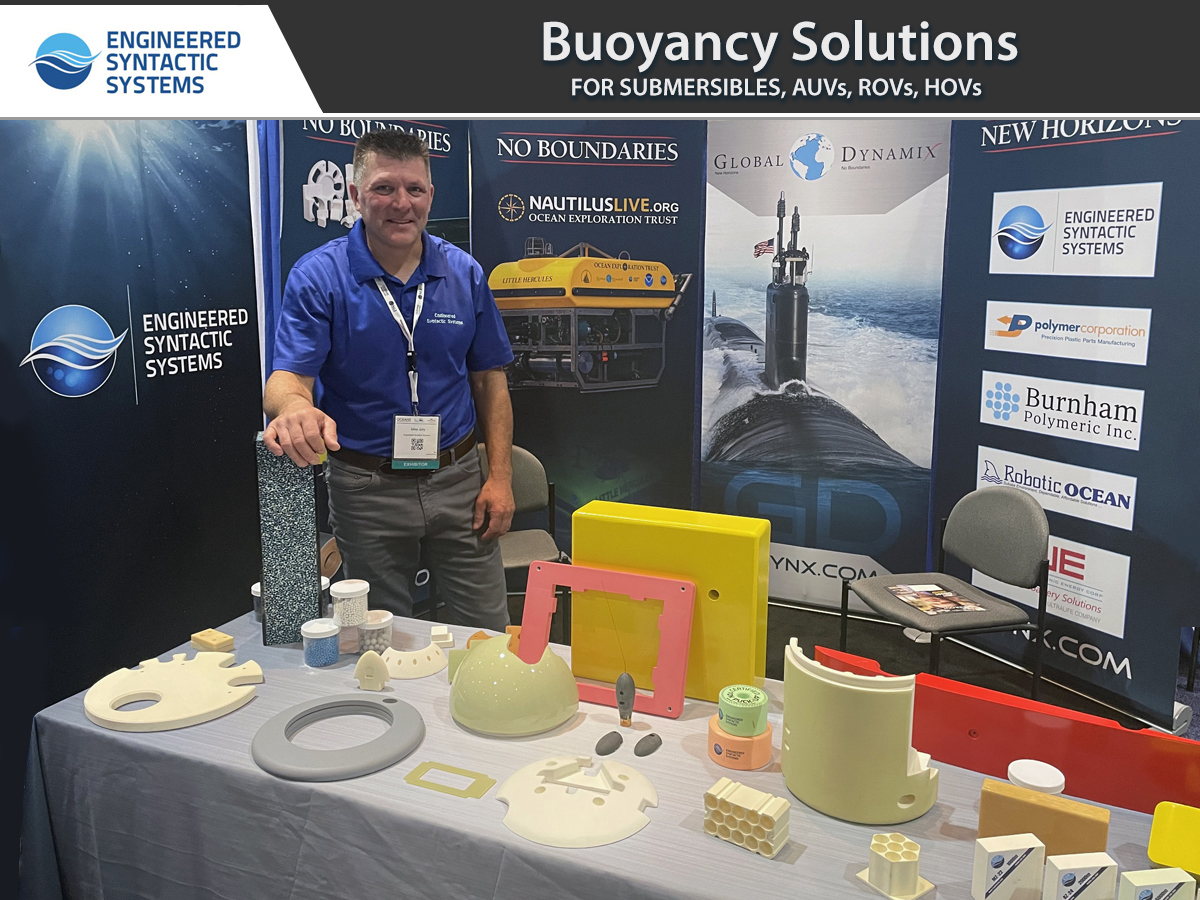
SHARE